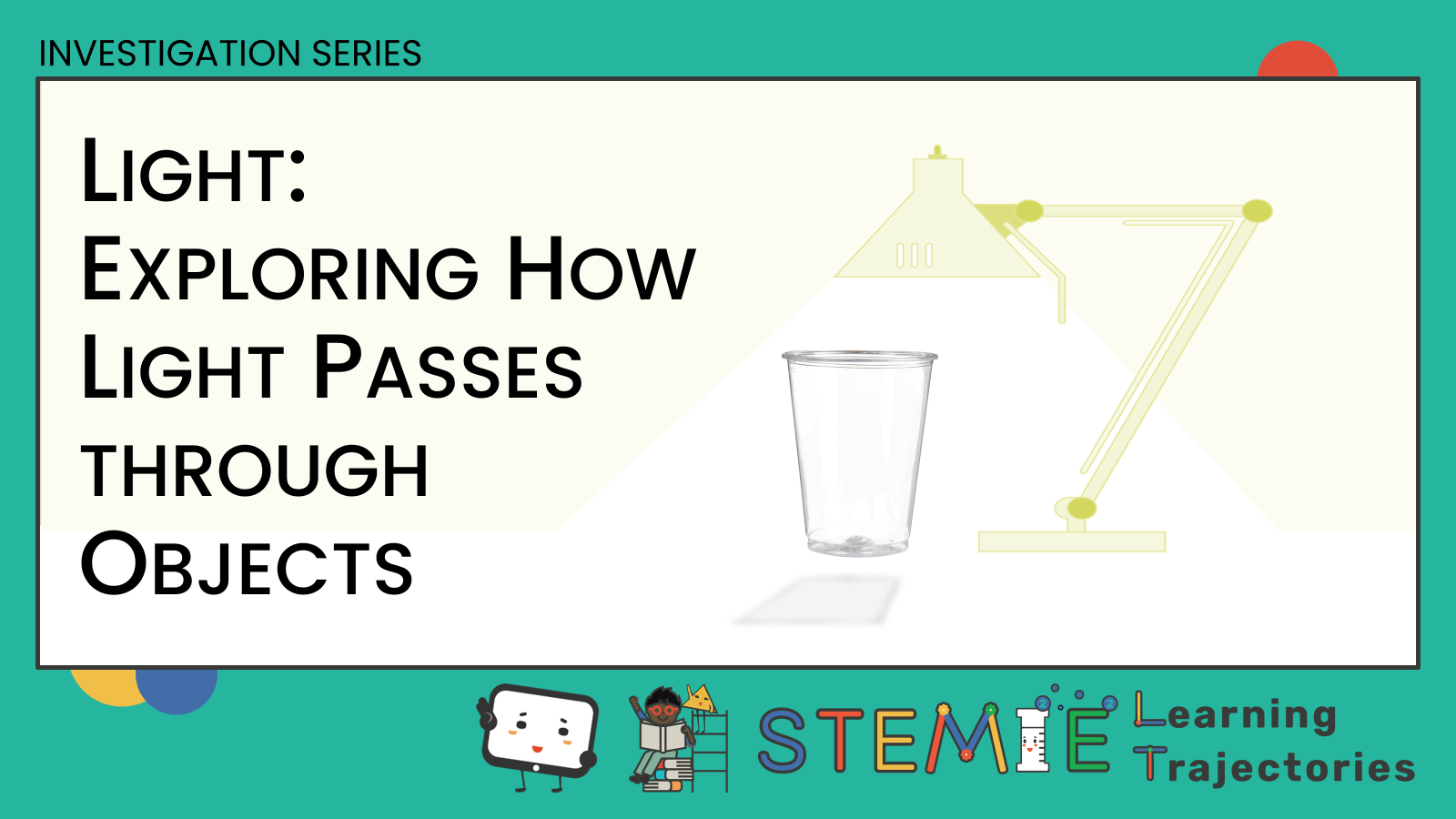Light, a fundamental constituent of the universe, traverses through a variety of mediums, igniting curiosity regarding its interaction with matter. Have you ever pondered what transpires when light encounters different objects? This inquiry leads us down a path laden with optical phenomena and underlying principles of physics. In the quest to unravel these intricate dynamics, we will delve into the mechanisms of transmission, reflection, absorption, and refraction, intricately linked to the properties of the matter encountered.
First, we must consider the nature of light itself. It exhibits both wave-like and particle-like characteristics, a duality that complicates our understanding but also enriches our appreciation for its behaviors. When light waves strike an object, their fate depends significantly on the material’s atomic structure and the wavelengths of the incoming light. Light can be classified as either visible or invisible (such as ultraviolet or infrared), and this classification plays a crucial role in its interaction with substances.
In the context of visible light transmission, we first encounter the phenomenon of transmission. When light passes through a transparent medium—such as glass or clear water—its energy continues to travel, albeit with some fascinating alterations. This ability to transmit light relies on the material’s electron structure. Herein lies the challenge: why do some materials, like frosted glass, allow light to pass while still obscuring the view? The answer resides in their molecular architecture, which scatters light waves, giving rise to the diffusion effect.
As light traverses these mediums, it interacts with atoms and molecules, which can absorb specific wavelengths of light. This brings us to the critical phenomenon of absorption. When light impinges upon an object, certain wavelengths may resonate with the natural frequencies of the material’s electrons, resulting in energy transfer. A vivid example of this is the appearance of colors in objects: a red apple appears red because it absorbs all other wavelengths and predominantly transmits red light. This selective absorption not only influences color perception but also plays a vital role in diverse applications, ranging from solar energy capture to pigment production in art and design.
Equally compelling is the process of reflection, where light bounces off surfaces, a phenomenon stemming from the law of reflection which states that the angle of incidence equals the angle of reflection. Smooth, shiny surfaces like mirrors exemplify this principle effectively, allowing almost all light to reflect, leading to clear images. On the contrary, rough surfaces scatter light in multiple directions, which causes the loss of the image’s clarity—a phenomenon we commonly experience with non-reflective surfaces.
Yet, beyond reflection and absorption lies the prevalent interaction often linked to optical devices—refraction. This occurs when light travels from one medium to another, changing speed and direction in the process. The classic illustration of this effect can be observed when a straw appears bent when placed in a glass of water. This bending arises due to the change in light speed as it transitions between air and water, a phenomenon governed by Snell’s Law. Refraction not only contributes to everyday experiences but is also harnessed in optics, enabling the design of lenses and prisms that magnify or disperse light.
Furthermore, the complex interplay of these phenomena culminates in additional remarkable effects, such as dichroism and polarization. Dichroism occurs in certain materials that selectively absorb light polarized in particular orientations, resulting in varying colors when viewed from different angles. Polarization, on the other hand, involves the alignment of light waves in specified directions. This principle is exploited in polarized sunglasses, effectively reducing glare from surfaces by filtering out horizontally polarized light.
In the domain of scientific exploration and application, understanding how light interacts with matter not only facilitates advancements in technology but also provides insights into our physical world. Optical fibers leverage total internal reflection to transmit light over significant distances, revolutionizing telecommunications. Meanwhile, scientists continue to study various materials to develop photonic devices that can manipulate light at unprecedented scales, illustrating the inherent connectivity between light and matter.
Yet as we explore this captivating realm, challenges persist. As the quest advances, one might ask: can we develop new materials that exhibit exotic optical properties? The pursuit of metamaterials—synthetic materials engineered to have properties not found in nature—poses an exciting challenge, potentially leading to revolutionary advancements, such as invisibility cloaks or superlenses that surpass the diffraction limit of conventional optics.
In conclusion, the journey of light as it passes through matter unravels a tapestry woven from various interactions: transmission, absorption, reflection, and refraction, each dictating the behavior of light in myriad contexts. This interplay not only informs our understanding of the natural world but also drives innovations that enhance our technological landscape. The exploration of light and matter remains a vibrant field, where each discovery opens the door to further inquiry. Perhaps the most compelling aspect is its capacity to foster curiosity, prompting us to ask profound questions and design innovative solutions that push the boundaries of what we know, and even what we can conceive.












